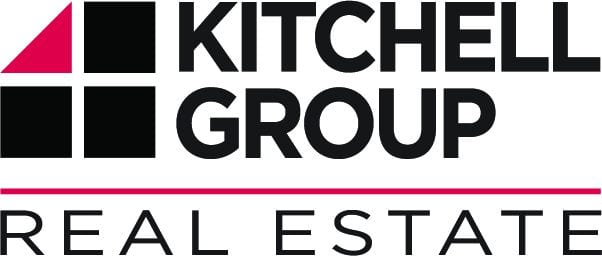Your lender decides what you can borrow but you decide what you can afford.
Lenders are careful, but they make qualification decisions based on averages and formulas. They won’t understand the nuances of your lifestyle and spending patterns quite as well as you do. So, leave a little room for the unexpected – for all the new opportunities your home will give you to spend money, from furnishings, to landscaping, to repairs.
Historically, banks use a ratio called 28/36 to decide how much borrowers can borrow. An approved housing payment couldn’t be more than 28 percent of the buyer’s gross monthly income, and his or her total debt load, including car payments, student loans, and credit card payments, couldn’t be more than 36 percent. (In Canada lenders apply similar formulas to determine how much a buyer can afford. The Gross Debt Service ratio, or GDS, is not to exceed 32 percent of the buyer’s gross monthly income, and the Total Debt Service ratio, or TDS, is not to exceed 40 percent of the buyer’s total debt load.) As home prices have risen, some lenders have responded by stretching these ratios to as high as 50 percent. No matter how expensive your market though, we urge you to think carefully before stretching your budget quite so much.
Deciding how much you can afford should involve some careful attention to how your financial profile will change in the upcoming years. In the long run, your own peace of mind and security will matter most.
